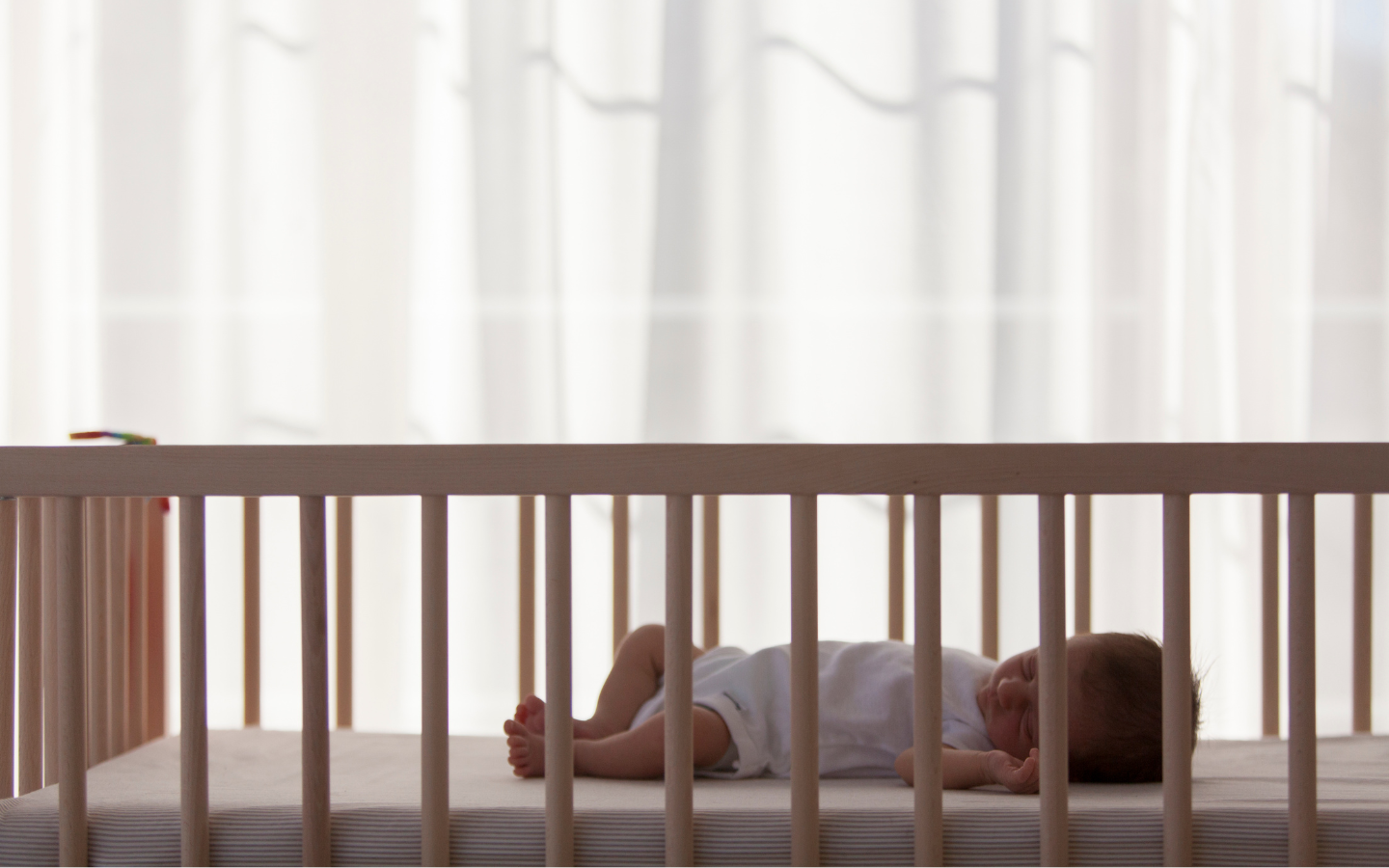
Safe Sleep for Newborns: What Every Parent Needs to Know
Sleep is one of the biggest concerns for new parents—and for good reason. While rest is important for both baby and parent, how your baby sleeps matters just as much as when. This blog breaks down the current standards for safe infant sleep, so you can rest a little easier knowing your baby is in a safer space.
What Is Safe Sleep?
Safe sleep refers to sleep practices that reduce the risk of Sudden Unexpected Infant Death (SUID), including Sudden Infant Death Syndrome (SIDS). The CDC recommends placing babies in sleep environments that are firm, flat, and free of soft objects. These recommendations are supported by decades of research and are considered the gold standard in infant safety. These simple tools can make a big difference:
- A firm, flat crib or bassinet that meets safety standards
- Sleep sacks or wearable blankets (instead of loose blankets)
- A pacifier (optional, but shown to reduce SIDS risk)
- A white noise machine or a dim nightlight for gentle sleep support
The ABCs of Safe Sleep (CDC Guidelines)
To keep it simple, providers often refer to the ABC Rule:
- A – Alone:Baby should sleep in their own sleep space, not in bed with adults, pets, or siblings.
- B – Back:Always place the baby on their back to sleep for naps and overnight.
- C – Crib:Use a crib, bassinet, or portable play yard that meets safety standards, with a flat, firm mattress and no soft bedding.
The CDC emphasizes avoiding soft toys, bumpers, pillows, and blankets in the sleep space. Use a well-fitted sheet only. If you would like to explore the CDC Safe Sleep Guidelines in full, you can visit their website here.
What About Bedsharing? The Safe Sleep Seven
At the same time, we recognize that some families choose to bedshare, especially while breastfeeding. For those families, La Leche League offers the Safe Sleep Seven—a set of criteria to help reduce risk when bedsharing happens:
- You don’t smoke
- You’re sober and unimpaired
- You’re breastfeeding
- Your baby is healthy and full-term
- Your baby is on their back
- Your baby is lightly dressed
- You’re both on a safe sleep surface (no soft bedding, no gaps, no sofas or recliners)
Meeting all seven of these criteria reduces risk, but it’s still important to talk with your provider about what’s safest for your specific situation. If you would like to learn more, check out this great resource from healthychildren.org here.
At Worcester Community Midwifery, we support families before, during, and long after birth. To expand our care, we’re currently developing Central MA’s first independent birth center, a space where education, access, and culturally competent care can truly thrive. If this work speaks to you, we invite you to follow along, share our mission, or support the birth center’s development through a donation.

